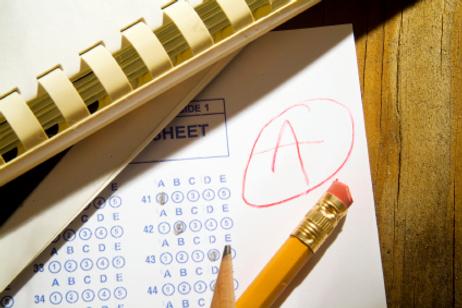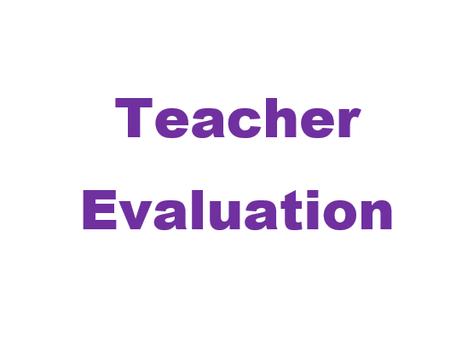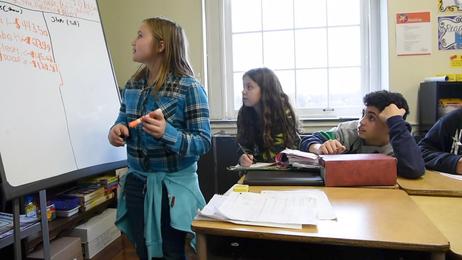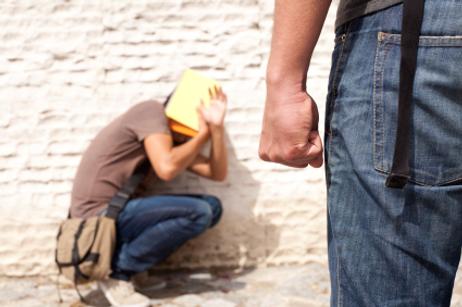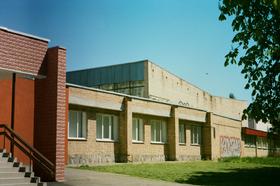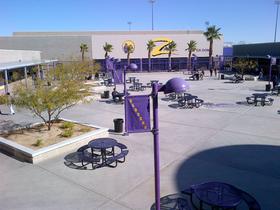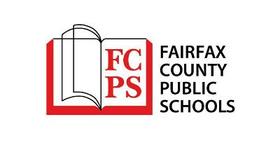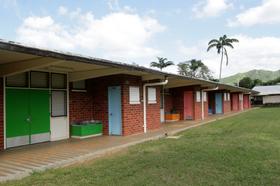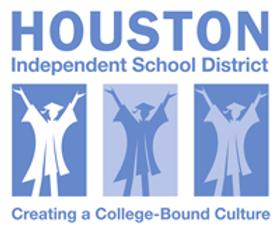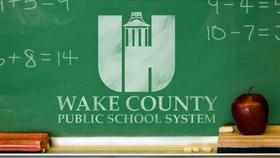In anticipation of Florida’s new grading system, and in light of the potential fallout that is to follow, the state is providing special guidelines for Florida public schools this year. While the one-year rule will keep school ratings relatively consistent over the next year, some worry that once the new system goes into place, Florida schools are going to struggle to meet minimum standards in many areas of the state.
This TEDTalk discusses the downsides of a traditional grading system.
The Need for a New System
Like other states across the country, Florida will not be able to meet 100-percent proficiency requirements by 2014, as mandated under the No Child Left Behind Act. The state has applied for an NCLB waiver but must meet certain criteria set by the federal government in order to have that waiver approved. According to the Miami Herald, the Florida Board of Education recently voted for changes that will be necessary in order to receive waiver approval.
The five new amendments will comply with new No Child Left Behind waiver rules, as well as the current Florida statute. All of the amendments deal directly with the state-issued grading system used for schools, which is used to hold schools accountable under state and federal law. The changes come simultaneously with higher passing scores on standardized tests. While educators agree the bar should be raised, there is some

